What are nitrogen fertilizers for cucumbers in a greenhouse for? What are they and how to apply them correctly?
Cucumbers is one of the most popular vegetables in Russia. Summer salads are prepared from them, they are pickled and salted for the winter. The plant is adapted to warm, humid climates and prefers to grow in fertilized soil.
This article discusses the main advantages of nitrogen fertilizers, which are used by both ordinary summer residents and the largest agricultural holdings.
The content of the article
Why do you need nitrogen fertilizers for cucumbers
The effect of nitrogen fertilization on cucumbers is difficult to overestimate. Timely introduction of fertilizing promotes stable growth and development of plants.
The role of nitrogen in their cultivation
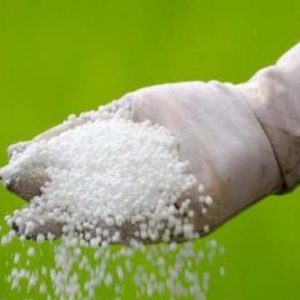
Nitrogen is the main element involved in plant metabolism.
Almost all basic physiological processes in plant and animal organisms take place with the participation of nitrogen molecules.
What is the danger of its lack
Plants are known to get their nutrients from the soil. If there is not enough nitrogen in the soil, plants will inevitably suffer from it.
Signs of nitrogen deficiency: leaves and stems are thin, the leaf is yellowing and weakened, there are no ovaries, low yield.
How to tell if your cucumbers are lacking nitrogen
Signs of a lack of nitrogen in cucumbers:
- pale young shoots;
- small and yellowing leaves;
- thin stems;
- weak bushiness and flowering part;
- lack of lateral processes.
Terms of top dressing
If there is a lack of nitrogen, it is necessary to apply nitrogen fertilizers to the soil every 10-14 days. Top dressing is stopped 20-25 days before harvesting.
Types of nitrogen fertilizers
By origin, nitrogen fertilizers are divided into organic (organic) and mineral.
Organic
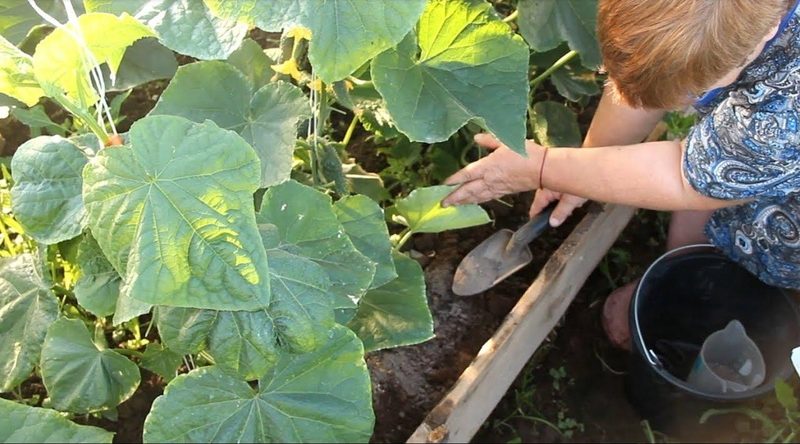
Organic fertilizers include silt, peat, bird droppings, manure, decayed plant remains, siderates.
Silt is used to improve the quality characteristics of sandy soil. Before feeding the cucumbers, the sludge must be spread in a thin layer and dried for three days. Then it is poured around the stems with a thin layer not higher than 1.5 cm.
Peat is introduced into the soil directly during the preparation of the substrate for planting cucumber seedlings.
Bird droppings are used as a fertilizer for watering plants. It is not recommended to use it in its pure form. Dilute in water in proportions 1: 5 and leave for several days, preferably in a barrel. The container is left in the greenhouse to maintain moisture. Before watering, dilute with water in proportions 1: 9.
Manure is used as top dressing for bushes. Fertilizer cannot be used in its pure form either. Rotten manure diluted with water in proportions of 1: 3 is often used for feeding.
The decayed remains of plants are used to add shrubs. Stir with earth and sprinkle around the stems of the plant.
Siderata are added when digging the soil. They enrich the soil well with nitrogenous compounds, accumulate moisture in the soil.
Mineral fertilizers
Nitrogen fertilizers are characterized by a higher nitrogen content.
Urea
Urea (in other sources - carbamide) is considered the most effective nitrogen fertilizer in the process of growing vegetables and horticultural crops.
Urea has excellent water solubility. It consists of 47% of nitrogen available to plant organisms.
Ammonium sulfate
Ammonium sulfate is a mineral fertilizer containing nitrogen and sulfur... The composition is used not only in agro-industrial activities and horticulture, but in the food and textile industries. Its widespread use is due to its low price and efficiency of its use.
Ammonium sulfate is rich in useful trace elements that lengthen the fruiting period. Use only in dissolved form. The mineral provides the root system with useful components and does not enter into a chemical reaction with the ground.
Ammonium nitrate
Ammonium nitrate is a small sphere-shaped granule, white or pink. It contains about 35% nitrogen and about 16% sulfur. Ammonium nitrate is used only for root dressing.
Attention! Use as a solution may result in leaf burns and plant death. Fertilizing cucumbers with ammonium nitrate should be extremely careful, since nitrates may accumulate in the fruits.
Calcium nitrate
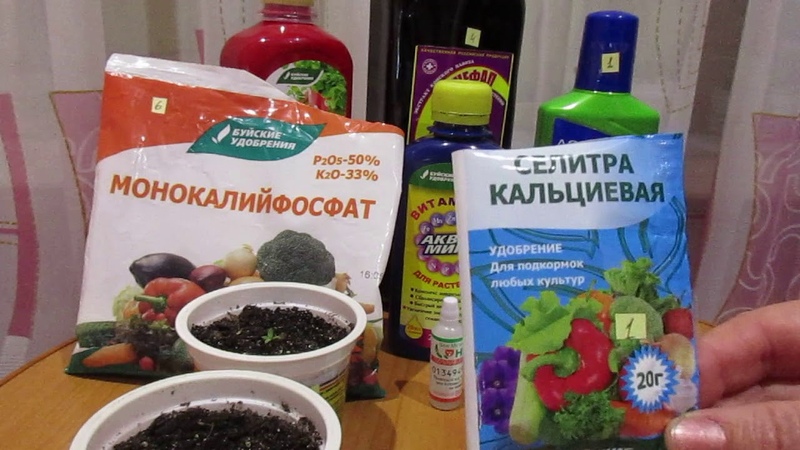
Calcium nitrate contains calcium (21%) and nitrogen in nitrate form (14-16%). In other words, it is called nitric acid calcium. Represents crystals or granules of pure white color.
Calcium nitrate dissolves well. The convenience of its use is associated with the long-term preservation of useful properties. To extend the shelf life, the fertilizer is kept in an airtight container.
Sodium nitrate
Sodium nitrate is composed of sodium and nitrogen. It is used during the growing season of cucumbers. They are introduced into the ground in the autumn, preferably in saline soil. It is strictly forbidden to use it in greenhouse conditions - this will lead to the death of plants.
How to fertilize correctly
Any fertilizer is used strictly according to the instructions. This is the only way mineral substances will help plants and will not harm the soil.
Urea is added in the spring during digging to a depth of 20 cm. Approximately 5–10 g of substance per 1 m2.
One of the most effective feeding methods is spraying cucumbers with urea. If you apply urea to the leaf, the fertilizer is absorbed much faster. When the first signs of nitrogen deficiency appear, this method is used.
Cucumber whips should be treated with a solution diluted with water.
Composition for foliar feeding:
- 5 g of carbamide;
- 10 liters of water.
In order not to burn the vegetative mass, the bushes are sprayed in the amount of 5 tbsp. l. for 10 liters of water. Cucumber leaves are processed early in the morning in cloudy weather.
Ammonium sulfate is introduced into the soil regularly 2-3 times a season. The first feeding is carried out 20 days after the appearance of the first shoots. Then it is applied to the soil every 2 weeks. Ammonium sulfate is added after watering or precipitation. 10-14 days before harvesting, feeding is stopped.
Ammonium nitrate is most often used to fertilize the site in late autumn.... Be careful when using it to feed bushes. In no case should you spray the leaves of cucumbers - this will cause them burns and death of plants. Usually, ammonium nitrate is used in root dressing and is introduced into the soil to a depth of 10 cm. Most often this is done during the excavation of the site until the plants are transplanted into the soil.
Sometimes ammonium nitrate is also used for watering cucumbers. Thus, the soil is enriched with nitrogen without harm to stems and leaves. Such feeding should be carried out carefully, especially after the beginning of fruiting and in the autumn.
Calcium nitrate is added just before sowing cucumbers. This will allow the seeds to germinate quickly. During the germination period, the element is simply necessary for plants. Fertilizer can then be applied throughout the growing season.
Foliar dressing of cucumbers with calcium nitrate is carried out every 10 days.The first time the mineral substance is applied immediately after the appearance of three or more leaves on the plants. Stop fertilizing the cucumbers after the fruiting period begins.
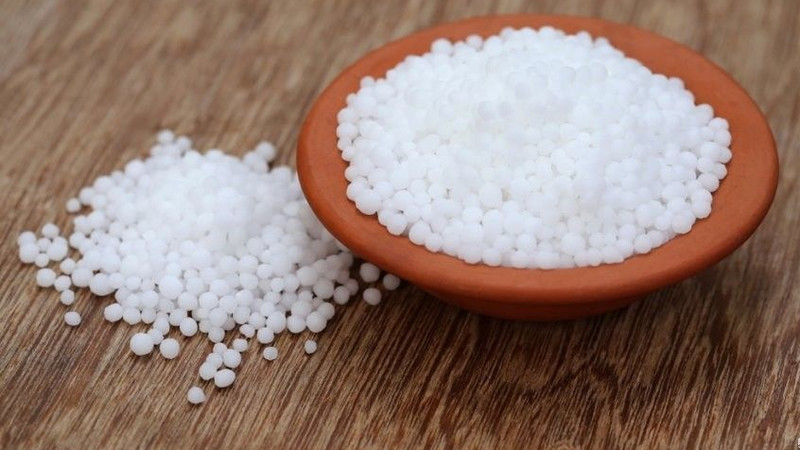
To prepare fertilizer, mix:
- 5 liters of water;
- 10 g of calcium nitrate.
Calcium nitrate is stirred until completely dissolved and immediately start spraying cucumbers. This kind of feeding will prevent root rot. The use of fertilizer provides excellent protection against slugs and mites.
Top dressing
Often nitrogen fertilizers are introduced into the soil in early spring or autumn. The deadline for using dressings during the fruiting period is mid-July. This is mainly due to the effect of nitrogen on the growth of leaves and the entire aerial part.
During flowering
For greenhouse cultivation, nitrogen fertilizers are recommended to be used before the flowering of cucumbers, this has a beneficial effect on yield. To enhance the effect, fertilizer is applied evenly.
Nitrogen is especially necessary when the ovaries are forming and the growth of cucumber lashes begins. During this period, cucumbers also need phosphorus, which is mixed with superphosphate.
The composition is prepared as follows:
- 10 liters of water;
- 15 g of carbamide;
- 15 g double superphosphate.
The first treatment is carried out 10–12 days after planting. Further feeding is repeated every 10 days until new ovaries appear on the bush. It is not recommended to use fertilizer after that.
During fruiting
It is best to fertilize the crop during the active growing season before the start of fruiting cucumbers. How to feed if they are already bearing fruit? In this case, it is necessary to observe the same proportions as during the development of green mass. However, you should not overuse fertilizers. Excess nitrogen will lead to the accumulation of harmful substances.
Features of feeding cucumbers with nitrogen
Fertilize cucumber seedlings with extreme caution. At this time, there is a risk of overfeeding the plants, which in the future will lead to their death.
In the greenhouse (greenhouse)
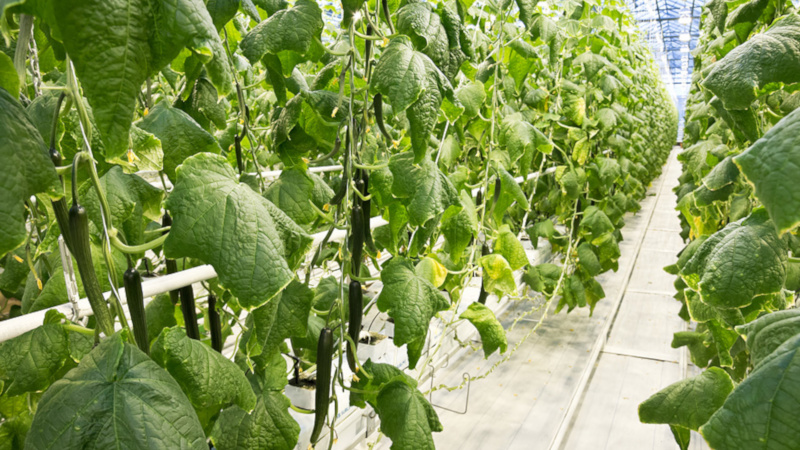
Nitrogen fertilizers for cucumbers in a greenhouse are used in pre-sowing soil preparation. Urea is applied with phosphorus and potassium fertilizers two weeks before planting seedlings or sowing seeds.
The solution is prepared as follows:
- 15 g of urea;
- 30 g superphosphate;
- 20 g of potassium sulfate.
The resulting mixture is used per 1 m2. After strengthening the roots of the seedlings, the first root feeding with urea is carried out. Further, fertilizers are applied every 1-2 weeks until the beginning of fruit formation. It is especially important to feed the cucumbers with urea during flowering and ovary formation.
Outdoors
The cucumber loves water, so in the open field it is necessary to water the plant often. Watering is carried out daily in the early morning or evening, before sunset.
Important! With a lack of moisture, the fruits will be bitter. Watering should be especially intense during the formation of cucumbers.
Often, manure or bird droppings diluted with water with the addition of ash are used for fertilization. The solution is prepared in the following proportions:
- The container is 1/3 filled with manure or poultry droppings and filled with water.
- The whole composition is mixed.
- The resulting solution is diluted with water in a 1: 2 ratio, and bird droppings in a 1: 3 ratio.
Another effective mineral nitrogen fertilizer for cucumbers:
- 10 liters of water;
- 10 g of ammonium nitrate;
- 10 g superphosphate;
- 10 g of potassium salt.
Root feeding with urea begins on the tenth day after the emergence of cucumbers. They are fed every 10-14 days until fruiting.
Tips & Tricks
Cucumbers are among the most productive crops. In order for the bushes to grow well and give a large harvest, favorable conditions should be created. This moisture and heat-loving culture prefers sunny locations, protected from drafts and winds. With a partial reduction in exposure to sunlight, the fruiting period is extended.
Cucumbers prefer nutritious and fertilized soils, so the crop planting zone has been prepared since autumn.
Outcome
Signs of a lack of nitrogen in cucumbers should be identified in time and measures should be taken to saturate the soil with useful components. The above methods of feeding will help to achieve high yields and prevent the development plant diseases.